INTRODUCTION
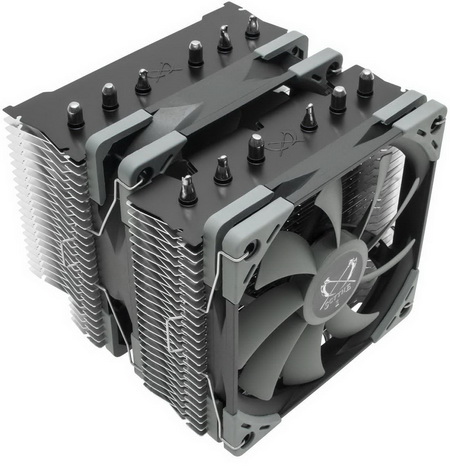
Size is what always has defined CPU coolers regardless of type so the larger the heatsink (for air coolers) or the radiator (for liquid coolers) the better the cooling efficiency. Of course, size is not the only thing that matters, the number of fans and their performance numbers also matter and so again more fans equal better/higher cooling efficiency. This is the main reason behind the design and development of dual-tower CPU coolers (or sandwich type as some like to call them) since it allowed for optimal airflow by pairing each tower/heatsink with its very own fan (not to mention that you can even add a third fan in some models). Scythe released their very first dual-tower model back in early 2016 called the Fuma (a Rev.B model was released in mid-2017) and today just over 3 years later with us we have its successor, the Fuma 2.
Scythe Co., Ltd., (Registered and incorporated in Tokyo Japan) originally started its business operation in Japan's famous "Akihabara Electric Town" located in the metropolitan Tokyo, where visitors can find a variety of products from the latest computer parts to the world's most advanced high-tech electric devices. Scythe Co., Ltd., began its operation and business since November, 2002 as a distributor and the manufacturer of passive and low-noise PC parts. Since then, the company has established the R&D facility in Taiwan & China for production and quality control, and the USA office (in Los Angeles, California) & European office (in Hamburg, Germany) for customer care and sales support. At Scythe, we believe that the best ideas for product come simply from knowing customers' needs and their expectations. Based on this philosophy, the PC enthusiasts working at Scythe know what to develop because that is exactly what we would like to have for ourselves too! We offer products with 100% quality assurance and total pride, and if the product has the Scythe name on it, you can rest assure that its quality will be up to the "Zero Tolerance" standards!
Compared to its predecessor the Fuma the brand new Fuma 2 is not only taller/larger (137x130x149mm/137x131x154.5mm) and heavier (920g/1000g - fans included) but it also features two extra aluminum fins (thus more total surface) for each of the heatsinks (47/49). Now at first, we all thought that Scythe did this in order to improve cooling efficiency but judging by the numbers in the specifications page this was obviously done both in order to improve compatibility with RAM modules and to "balance" performance since this time over they decided to use slower and more silent fans instead. The be more precise even though the Fuma came with two identical 120mm Slip Stream PWM fans (1400RPM/79CFM/28dBA) the Fuma 2 comes with two different sealed precision fluid bearing PWM fans, the Kaze Flex 120 (1200RPM/51.17CFM/24.9dBA) and the Kaze Flex 120 Slim (1200RPM/33.86CFM/23.9dBA). Time to see what the latest Fuma 2 is capable off and of course just how it compares with its predecessor.
SPECIFICATIONS AND FEATURES

PACKAGING AND CONTENTS
The Fuma 2 gets shipped inside a black box that has a large product picture at the front right next to the company logo.
Printed on the left side are the product specifications in 7 languages.
Three pictures located on the right side are used to showcase the main product features which are printed in 3 languages.
At the rear we find warranty information in 4 languages.
Along with the main body of the Fuma 2 inside the box you will also find the two 120mm PWM fans (Kaze Flex 120/Kaze Flex 120 Slim), 6 metal fan clips (2 designed specifically for the slim model), Philips screwdriver, y-fan cable, thermal paste tube, backplate, backplate pad, installation guide and all the necessary mounting hardware for Intel LGA775/1150/1151/1155/1156/1366/2011/2011-3/2066 and AMD AM2/AM2+/AM3/AM3+/AM4/FM1/FM2/FM2+ mainboards.
THE FUMA 2
The main body of the Fuma 2 weighs roughly 760g and measures 154.5mm in height, 130mm in width and 114mm in depth/length.
Each of the two heatsinks has a total of 49 aluminum fins and as you can see the lower rear end is cut to allow for more RAM clearance.
Unlike the Fuma the Fuma 2 has its top fins painted black.
The Fuma 2 has a total of six 6mm nickel plated copper heatpipes that pass through all 98 aluminum fins of both heatsinks.
Scythe has used a slightly larger copper base with the Fuma 2 compared to that of the Fuma.
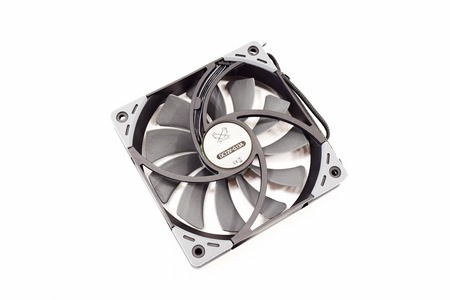
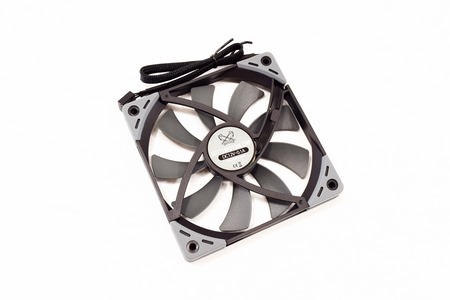
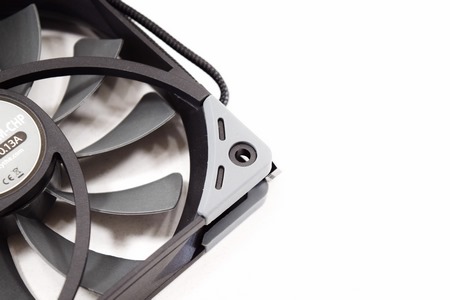
The 25mm thick Kaze Flex 120 fan (1200RPM/51.17CFM/24.9dBA) gets mounted in front of the second heatsink whereas the 15mm Kaze Flex 120 Slim model (1200RPM/33.86CFM/23.9dBA) gets mounted at the front. Both fans feature anti-vibration pads on each corner.
With the fans mounted the Fuma 2 now weighs 1000g and measures 137mm in width and 131mm in depth/length.
TEST BED
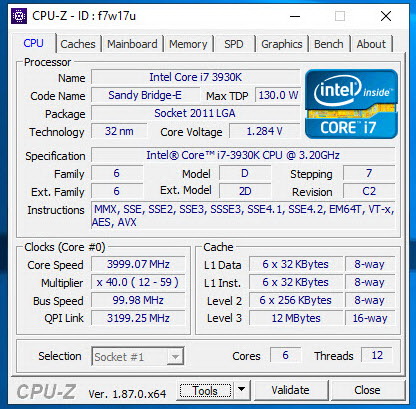

TESTING METHODOLOGY
We always take things quite seriously when it comes to work so just like with the previous LGA1366 database we will not be testing each CPU Cooler on its own and with different ambient temperature levels and thus we can actually have yet another valid CPU Cooler database. Testing a CPU Cooler automatically means that you need to know where it stands against the immediate competition and to accomplish that we have spent both money and time through the years, something that we plan to continue to do so in order to get the most accurate results for the end consumers who read these lines. Every CPU cooler in this database is tested with the bundled 140mm/120mm/92mm/80mm fans while working at both idle speed and 100% of their speeds for all the temperature tests. CPU Coolers that do not come bundled with a fan/s are measured using a Noctua fan (size dependent on the model) to test for the temperature tests but due to the lack of a stock fan dBA level tests are obviously skipped. Single (120/140mm) watercooling solutions are tested with the radiator mounted at the rear of our test rig while dual/triple/quad (240/260/280/360/420/480/560mm) solutions with the radiator mounted at the top. For the dBA tests every cooler in the database was measured both while on idle mode or with the fan controller in the minimum setting and while on extreme load or with the fan controller all the way to the highest possible setting (PWM fans do that on their own without our intervention). Every single test takes place in a temperature controlled room of 23 degrees Celsius Ambient Temp with the help of two AC units placed diagonally inside the room. The Arctic Silver 5 thermal paste is used with every CPU Cooler in our latest LGA2011 database (although initially this was not the plan, we had to change things to get the most accurate results). Finally, it's very important to point out that just because a CPU Cooler is better than another when tested with our test rig that does not necessarily mean that the same performance differences will apply 100% for other CPU models and in other situations (such as different ambient temps and system configurations).
To successfully record the load temperatures, we use the latest OCCT application for around 6-10 minutes to push the processor to its limits and after that is done and the temperatures are recorded, we wait for about 10-20 minutes for the CPU to cool down and record the idle temperatures. This is done to allow time for the thermal conductive material to achieve the optimal performance level. Same procedure is then repeated with the Passmark BurnIn Test as a failsafe just in case the OCCT results are wrong. This procedure is more time consuming than the usual peltier/thermometer tests but this way not only can we deliver real world results to our readers based on real CPUs but we can also triple check the results using a variety of programs. Last but not least the temperatures were recorded using both the latest versions of AIDA64 and RealTemp while the noise level tests are performed using a high precision ExTech HD600 Decibel Meter placed about 10-15cm above the CPU Cooler. Still although the same testing procedure applies to all units do take into consideration that unlike the official numbers which are measured in special noise isolated labs with just the fans here, we also have both the rest of the cooler and the rest of the system (although all system fans are turned off when recording noise levels).
TEST RESULTS


CONCLUSION
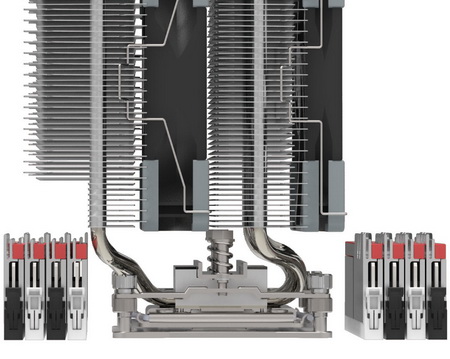
Having skipped checking out the Fuma Rev.B model we can only compare Fuma 2 to the original Fuma CPU Cooler and as it’s clear from our charts you’re getting even better performance with reduced noise levels. As a matter of fact, the Fuma 2 by Scythe does a great job getting close to the Noctua NH-D15 in terms of temperatures/cooling efficiency and on top of that the two Kaze Flex 120 fans used are even more silent compared to the NF-A15 fans of the NH-D15. Granted build quality is not at the same level as the NH-D15 (including the fans) but depending on the price that may or may not be important for the majority of consumers.
Just days before we enter December 2019 the Fuma 2 CPU Cooler by Scythe retails for USD59.99 inside the USA (Amazon.com) and for 52.16Euros inside the EU (Amazon.de) a price tag which is exceptional for what you’re getting. Granted if you can go higher there are better overall choices like the NH-D15 (or the even more expensive NH-D15 chromax.black – there we also have looks to take into account) but at that price range you will probably not find something better and that’s also why the Fuma 2 gets our Golden Award.

PROS
- Build Quality
- Very Good Cooling Efficiency
- Low Noise Levels
- Zero Clearance Issues (RAM)
- Tri-Fan Solution (3 Sets Of Fan Clips Included)
- Price (For Some)
CONS
- Taller Compared To The Fuma

 O-Sense
O-Sense





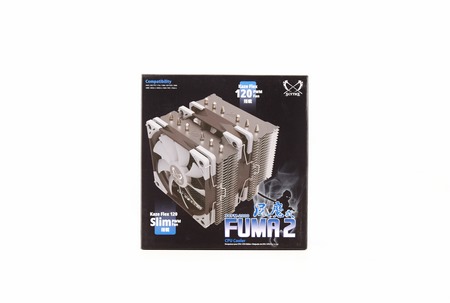
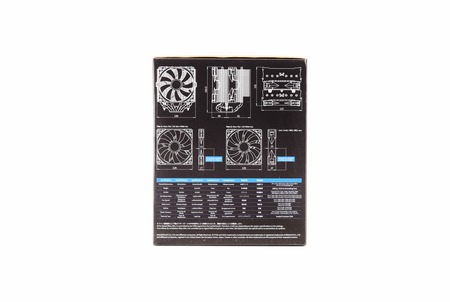
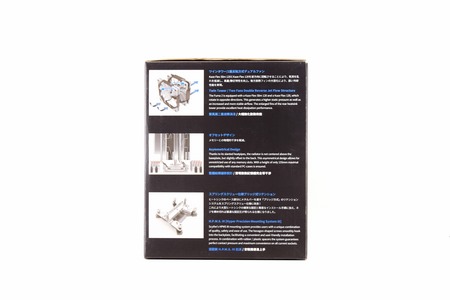
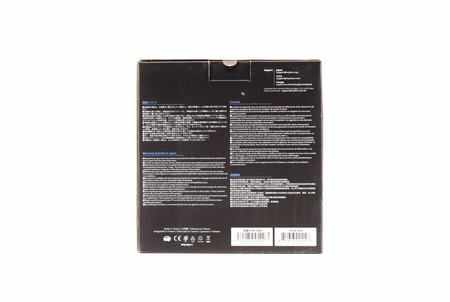
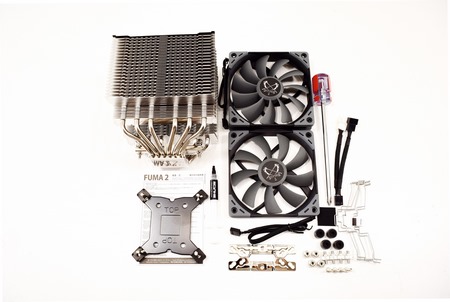
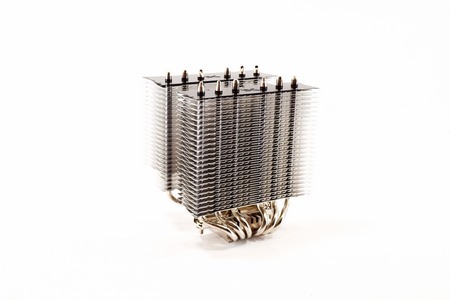
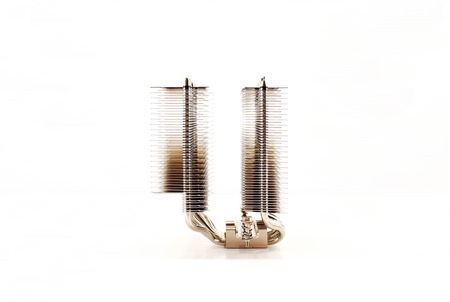
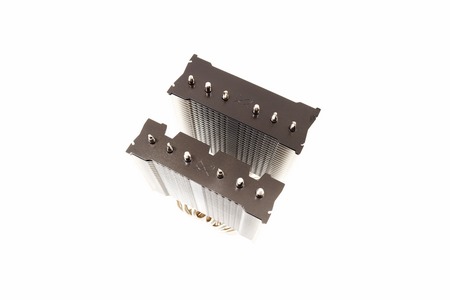
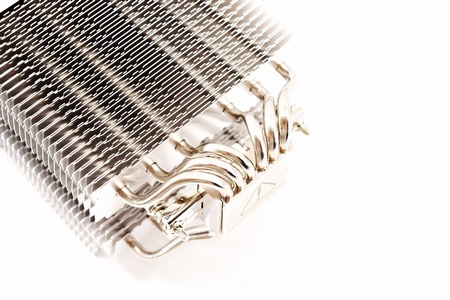
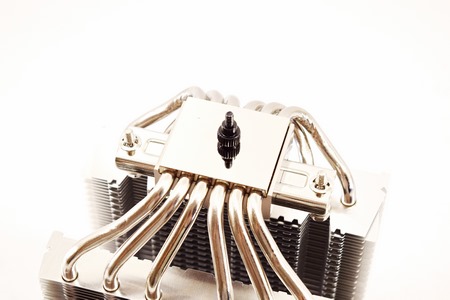
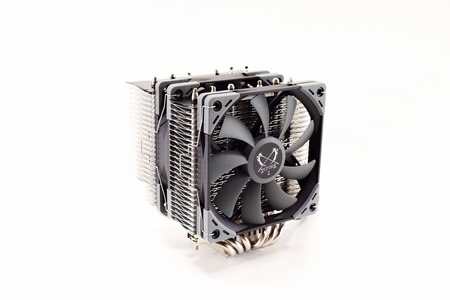


.png)

